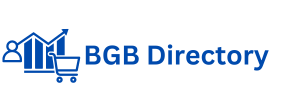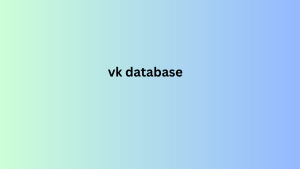Generating qualified leads is the priority of 51% of decision-makers in 2024 1 . This ambition, crucial for business growth, is facing a major challenge: the General Data Protection Regulation (GDPR), which came into force in 2018. How can you reconcile an effective lead gen strategy with regulatory compliance requirements ? Let’s explore together ways to transform this constraint into a lever of opportunity to optimize your lead collection.
GDPR in a nutshell: what you absolutely need to know
The GDPR has redefined the rules regarding the processing of personal data. For your lead generation activity, this implies:
Explicit consent
Increased transparency on data use.
Collection limited to strictly necessary information.
A right to facilitated erasure.
Enhanced data security measures.
Concrete impacts on your lead collection strategy
Complying with the GDPR involves significant changes in your practices.
Redesign of yourlead gen forms: no more pre-checked boxes. Your vk database forms must include clear consent options for each intended use of the data.
Finer segmentation: GDPR pushes you to be more precise in your targeting, promoting the collection of compliant, better quality leads.
Dynamic data retention management
Set up a system to automatically delete personal information how to launch advertising in telegram: step-by-step instructions from inactive prospects after a set period of time.
Increased traceability: You must be able to prove the consent of each lead at any time with a robust opt-in tracking system.
7 Expert Tactics for GDPR-Friendly Lead Collection
Here are seven proven strategies for navigating this regulatory landscape:
Adopt “Privacy by Design”: integrate data protection from the design stage of your campaigns togenerate leads, with accessible privacy policies.
Focus on added value
offer premium content in exchange for data to encourage asia email list prospects to share their information.
Implement a double opt-in: send a confirmation email to validate consent, improve the quality of your database.
Use consent management tools: solutions like OneTrust make it easier to manage preferences and respect leads’ choices.
Train your teams: organize regular training on the GDPR for your marketing and sales teams.
Create a preference center: provide a space where leads can update their preferences, exercise their GDPR rights.
Audit your processes regularly: conduct quarterly audits of your practices to identify and correct non-conformities.
Measuring the impact of GDPR on your performance
Evaluate the effectiveness of your GDPR-friendly lead gen strategy with these KPIs:
Consent rate.
Unsubscribe rate.
Lead conversion rate.
Cost per qualified lead.
Compare these metrics before and after your compliance
What are the risks of non-compliance with the GDPR?
Failure to comply with the GDPR can lead to significant penalties:
Fines of up to 20 million euros or 4% of annual global turnover 2 .
Significant reputational damage.
The loss of confidence of your customers, prospects.
GDPR has made lead generation more complex, but it offers an opportunity to rethink your strategies to make them more efficient and ethical. By adopting a proactive approach and implementing best practices, you can not only comply with the regulations, but also gain a competitive advantage. Remember: GDPR compliance is an ongoing process. Stay tuned to regulatory developments and adapt your lead gen practices accordingly.


